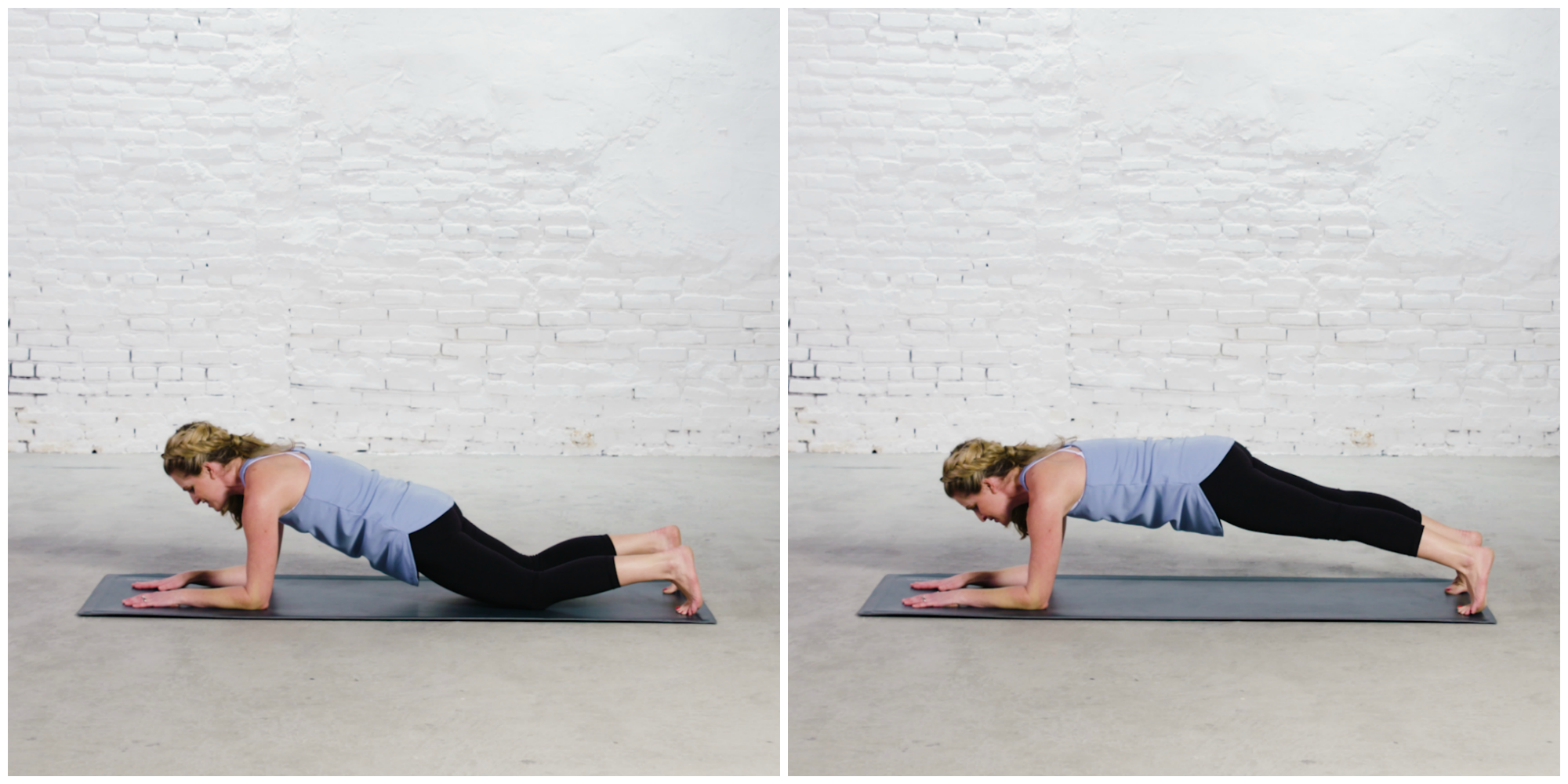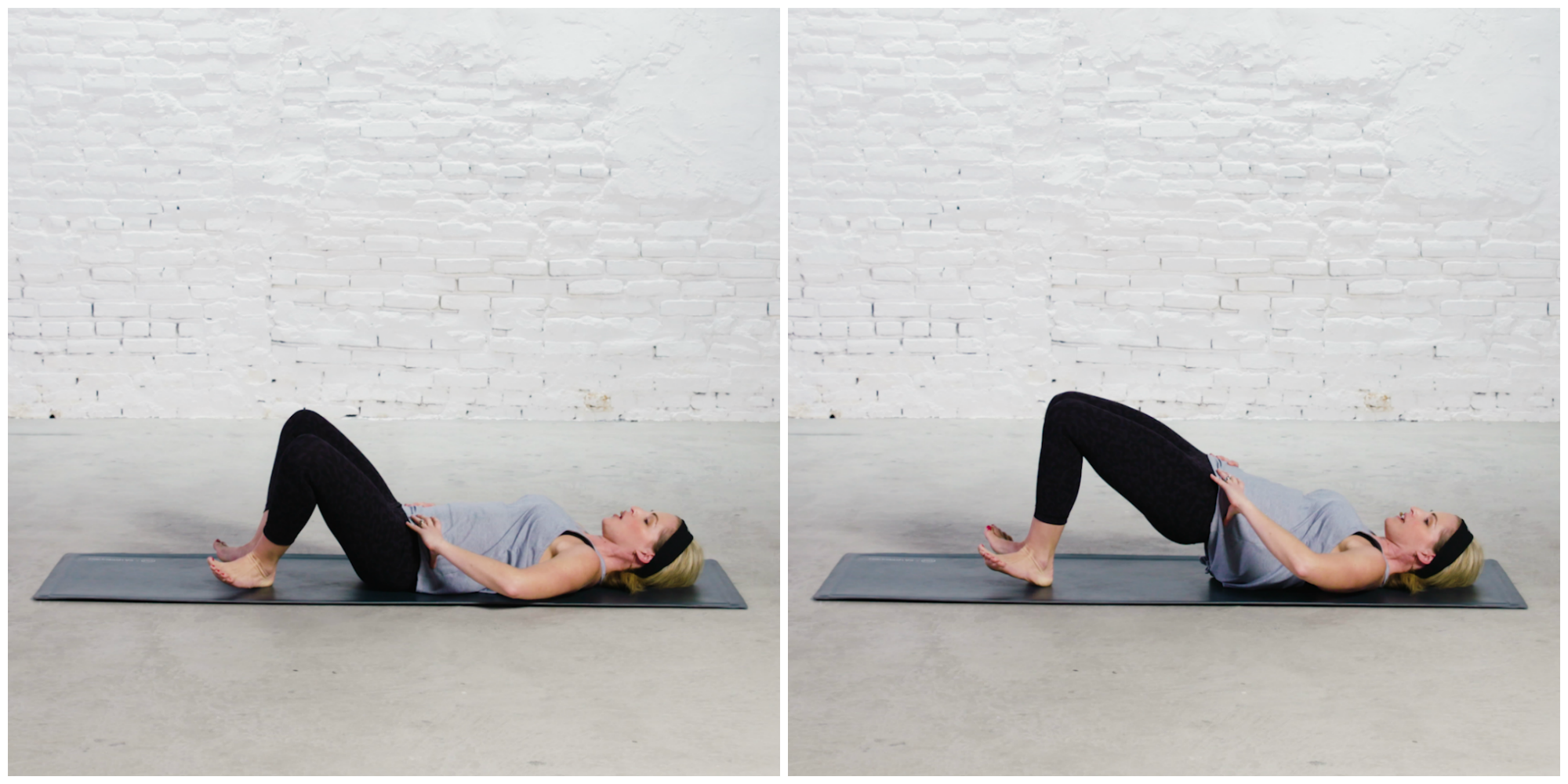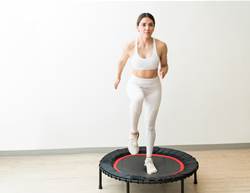Your eyes open to bright sunlight streaming through the window and birds chirping outside. You can’t wait to get out of bed. Except you can’t—because of your stiff back.
Lower back pain affects about 80% of the population at some point. It’s the third most common reason to see a doctor and one of the leading causes of missing work.
Back pain can stem from a long list of causes: sprains and strains on one end, herniated discs and fractures on the other. Less serious—and more common—culprits include daily habits like poor posture, slouching while seated at your desk, and lugging a heavy handbag on one shoulder.
Fortunately, in many cases the best medicine isn’t surgery or pills. It’s exercise.
While not every exercise style will do the trick, Pilates is one that can. Whether you take a class or hit the mat at home, practicing these low-impact routines can help ease back pain, as well as prevent it. Pilates focuses on core strengthening, an evidence-based rehabilitation method for treating low back pain.
“Pilates offers so many options to access your core muscles for all different fitness levels, ages, and body types,” says pilates expert Amy Kiser Schemper.
Combining deep breathing and short, precise movements strengthens your deep abdominal and back muscles. Try these Pilates moves that target various parts of your core:
Swimmers

How to do them: Lie on your stomach with your arms extended, your head and neck lifted off the floor. At the same time, lift opposite leg and arm, hold for a moment, and return them back to starting position. Repeat on the other side.
What they work: Every time you tilt, twist, or arch your back, you engage your multifidus, a series of tiny muscles that are attached to the spinal column and stabilize the vertebrae. Keeping them strong and limber is vital and research suggests pilates is an effective way to do it.
How they help your back: Moves that start from a stomach-down position like Swimmers fires up the multifidus so that it supports your spine better.
Plank singles

How to do them: Begin on your stomach, propping your upper body onto your forearms, toes pressed into the mat. Draw your abs in and use your core to press your knees up into a forearm plank position. Reverse the move, using your abs to control your knees back down, then your stomach, to starting position.
What they work: The deepest of the abdominal muscles, the transversus abdominis (TVA) wraps horizontally across your lower abdomen to keep internal organs in place and support the spine. Unlike the flashier obliques and upper abs, a sculpted TVA might not transform the look of your waistline, but research has shown it can improve how your lower back feels.
How they help your back: Plank variations like plank singles lower the strain on your back by forcing your deep core muscles to do all the work.
Shoulder bridges

How to do them: Lie on your back with your knees bent, arms at your side. Lift your butt off the ground to create a straight line from your knees down to your shoulders, making sure to keep your core tight and not to arch your lower back. Return to starting position.
What they work: Think of your pelvic floor like fibres in a piece of fabric that carries your pelvic organs (bladder, bowel, and uterus) and helps stabilize your pelvis as you move. If pregnancy or age stretch them out, they can’t support those areas and their functions with full strength. Weak pelvic floor muscles can lead to incontinence, painful sex, and yes, back pain. Pelvic floor exercises isolate these often-neglected muscles and have been shown to help treat chronic lower back pain.
How they help your back: This move uses gravity to take pressure off the pelvic floor while strengthening it at the same time.
The Hundred

How to do it: Lie on your back with your knees lifted to create a 90-degree angle in your legs, head and shoulders lifted off the mat. Pressing your core muscles into the mat, pulse your arms up and down in a small motions. The goal is to do 100 total pulses, but if you’re just starting out, try 50!
What it works: The hundred does wonders for your diaphragm. The way you breathe affects how well your muscles work. While there are different ways of breathing that are suitable for different types of exercise, studies have shown proper Pilates breathing techniques enable the diaphragm (that dome-shaped sheet of muscle and tendon that separates the chest from the abdomen) to activate and strengthen its neighbouring stabilising muscles in your core. Using the same breathing techniques in daily lifting activities also helps make you more mindful of how your body moves so you reduce the risk of back injury.
How it helps your back: This traditional Pilates move balances both inhales and exhales so your diaphragm can efficiently engage the muscles that support the spine, lowering the risk of injury.
But Pilates is more than just a physical workout
Its six basic principles—centring, concentration, control, precision, breathing, and flow—may focus on the physical aspect of Pilates, but continued practice can also boost mental well-being. By learning to focus on your breathing, you centre yourself and become more aware of your body. This meditative quality to Pilates lends itself to reducing factors that exacerbate pain like stress and anxiety.
Further studies have also shown that expert meditators have a thicker cortex that is associated with lower pain sensitivity. So long-term practice of mindful meditation may then lead to enhancing parts of the brain that directly affect pain perception.
The combination of positive physical and mental responses to Pilates is a big part of why many rehabilitation centres have incorporated it into their programs. “It’s an exercise truly anybody can do,” says Kiser Schemper. “It’s very accessible to all fitness levels and easy to make it more or less challenging.”
With its “stickability” factor, Pilates makes it easy to alleviate back pain, as well as prevent new injuries from developing.










